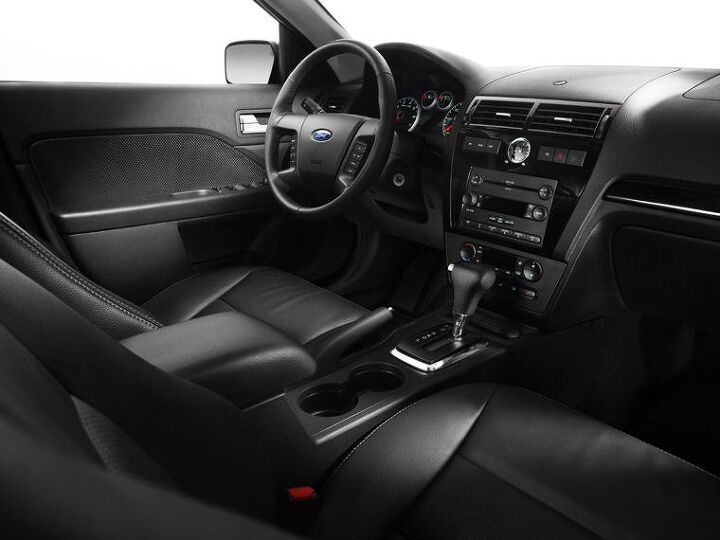#AirbagRecall
Takata's Killer Airbags Are Still Out There
The Takata airbag recall was the largest in the automotive industry. So large, in fact, that we don’t actually know how many defective units are still floating around out there.
With the recall encompassing over 100 million airbag inflators sold around the world with the potential to kill occupants with shrapnel, keeping tabs was always going to be difficult. But Blomberg is reporting that it’s effectively impossible to account for all of them, noting that there are parts of the planet where the affected customers weren’t ever notified. We still haven’t even managed to fix all the units we knew were shipped in the United States, with at least 14 million potentially deadly inflators still presumed to be on the road as of July.
Honda on Hook for $84.2 Million to Settle State-level Airbag Probe
Honda Motor Co. has agreed to pay $84.2 million to settle an investigation conducted by American states regarding its use of the famously defective Takata airbags — units linked to numerous deaths and hundreds of injuries.
Honda recalled about 12.9 million vehicles (some of them Acura models) equipped with inflation devices that ran the risk of accumulating moisture to the point where the propellant inside could destabilize, leading to an overly forceful explosion during an impact. Upon rupturing, these units could effectively spray shrapnel into the cabin area.
While Honda’s first major recalls were enacted in 2008, by 2013 millions of vehicles were in the process of being retracted by rival manufacturers that also used Takata as a supplier. And it just kept getting bigger until it was the largest recall in history, with Honda receiving the most ire due to the high number of fatalities suffered within its vehicles — and for having prior knowledge of the defects.
Piston Slap: Takata's In-Fusion of Customer Involvement?
Ford and Honda Add Another Million Vehicles to Deadly Airbag Recall
Ford and Honda are putting more than one million additional vehicles down on the list of recall-worthy products with potentially deadly Takata airbag inflators.
Announced late on Tuesday, Honda Motor Company is recalling roughly 772,000 additional Honda and Acura vehicles in the United States for defective front passenger seat airbag inflators made by Japanese parts supplier. Not to be outdone, Ford is recalling over 816,000 units within the whole of North America for the very same reason.



















Recent Comments